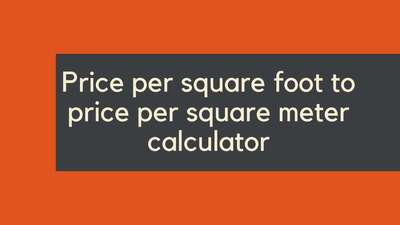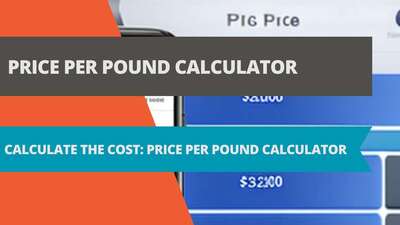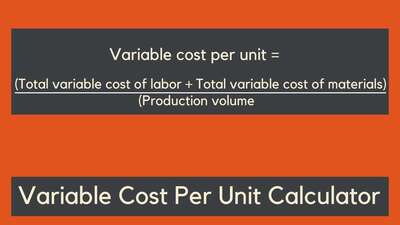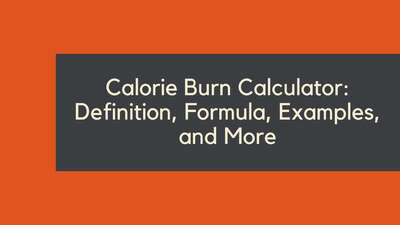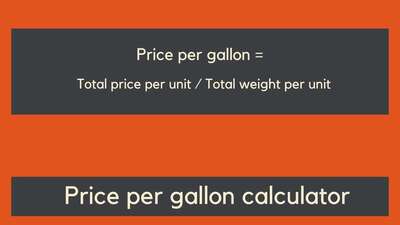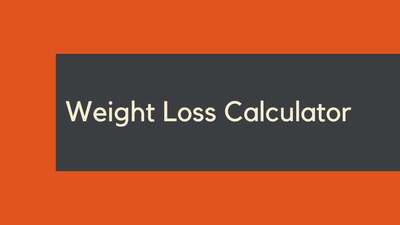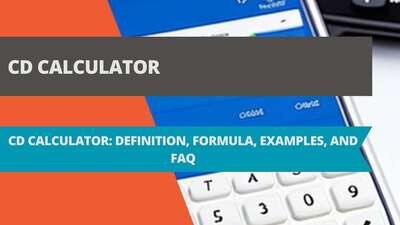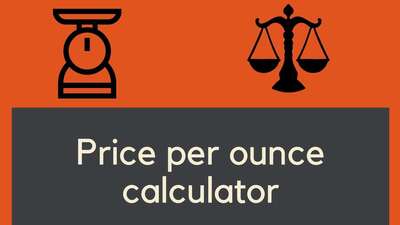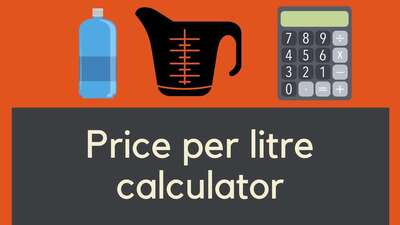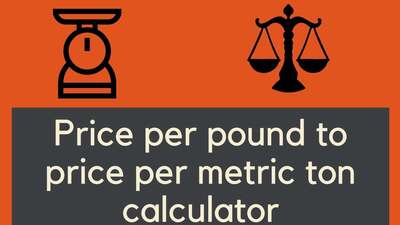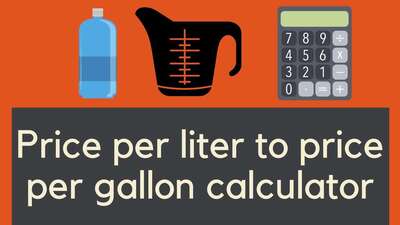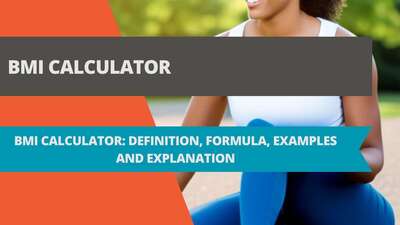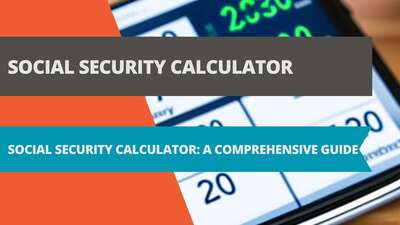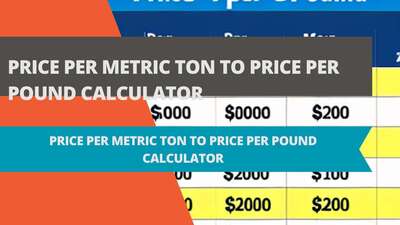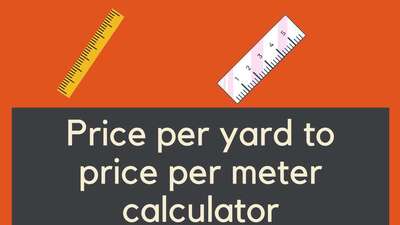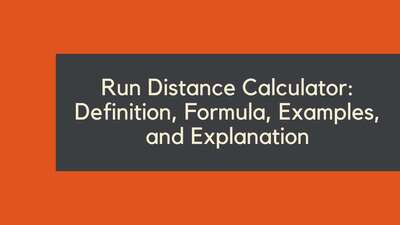Army Body Fat Calculator: Definition, Formula, Examples, and Explanation
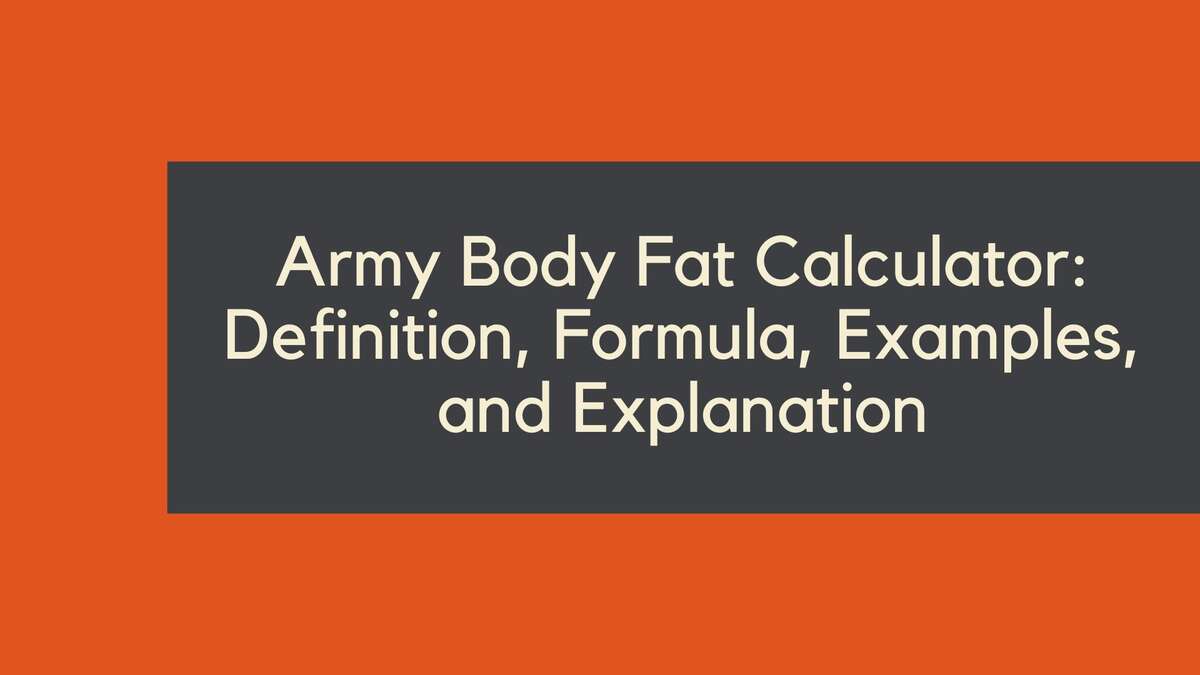
- Understanding the Army Body Fat Calculator: A Comprehensive Guide
- What is the Army Body Fat Calculator?
- The Formula Behind the Calculator
- Practical Application Examples
- Functionality and Importance in Military Standards
- Definition and Importance of the Army Body Fat Calculator
- Detailed Breakdown of the Army Body Fat Standards
- Formula Used to Calculate Body Fat Percentage
- Step-by-Step Measurement Guide
- Understanding the Army Body Fat Calculator
- Examples of Calculator Usage
- Importance of Accuracy in Measurements
- Understanding the Science Behind the Formula
- Comparison of the Army Body Fat Calculator with Other Measurement Methods
- Hydrostatic Weighing
- Skinfold Measurements
- DEXA Scans
- Comparison with Army Body Fat Calculator
- Question and Answer (FAQ)
- Implementing a Healthy Lifestyle to Meet Body Fat Standards
- Expert Advice and Resources
- The Role of Genetics in Body Fat Composition
- Technological Advancements in Body Fat Measurement
- Mental Health and Its Impact on Physical Fitness
- Nutritional Strategies for Optimal Body Composition
- Long-Term Health Implications of Meeting Military Body Fat Standards
- Conclusion
Understanding the Army Body Fat Calculator: A Comprehensive Guide
For those aspiring to join the military or current service members, maintaining a healthy weight is not just a matter of physical fitness but also a requirement for service eligibility. The Army Body Fat Calculator is a pivotal tool in this context, designed to ensure that individuals meet the stringent body fat standards set by the Army. This comprehensive guide will delve into the Army Body Fat Calculator, exploring its definition, the formula behind it, practical application examples, and its overall functionality in ensuring service members' fitness and readiness.
What is the Army Body Fat Calculator?
The Army Body Fat Calculator is a standardized tool used by the United States Army to estimate the body fat percentage of soldiers. This tool is crucial in determining whether a service member meets the physical requirements of the Army. It utilizes specific measurements of the body, such as height, neck, and waist (and hip measurements for females), to calculate an approximation of body fat percentage.
The Formula Behind the Calculator
The calculator employs a specific formula that factors in gender, height, and circumferences of various body parts. For men, the formula calculates body fat using neck and waist measurements, whereas for women, it also includes hip measurements. This formula is designed to provide an accurate estimation of body fat percentage, which is essential for assessing a soldier's fitness level.
Practical Application Examples
Consider two examples to illustrate the use of this calculator:
- A 25-year-old male, 6 feet tall, with a neck circumference of 16 inches and a waist of 32 inches.
- A 30-year-old female, 5 feet 5 inches tall, with a neck circumference of 13 inches, a waist of 28 inches, and hip measurements.
By applying the formula to these measurements, the calculator determines their respective body fat percentages, ensuring they adhere to the Army's standards for their age and gender.
Functionality and Importance in Military Standards
The functionality of the Army Body Fat Calculator extends beyond simple measurement; it is a vital tool in maintaining the operational readiness and physical health of service members. The calculator ensures that soldiers not only meet the aesthetic standards of the military but also possess the physical agility and endurance necessary for their duties.
Definition and Importance of the Army Body Fat Calculator
The Army Body Fat Calculator is a crucial tool designed to determine if an individual meets the Army's body fat percentage requirements. This tool uses a specific formula that takes into account a person's height, neck, and waist measurements to estimate body fat percentage. Meeting these body fat standards is critical for all military personnel to ensure they are physically fit and capable of performing their duties effectively. These standards vary based on age and gender, with stricter requirements for older service members and women. Non-compliance can result in severe consequences, including disciplinary action or discharge from the military.
Detailed Breakdown of the Army Body Fat Standards
The Army sets specific body fat standards for men and women across different age groups. These standards are designed to ensure that soldiers maintain an optimal level of fitness for combat readiness and overall health. For men, the body fat percentage requirements typically range from 18% to 26%, depending on age. For women, the range is generally between 26% and 34%. These standards are periodically reviewed and updated to align with current health and fitness research.
Formula Used to Calculate Body Fat Percentage
The formula employed by the Army Body Fat Calculator is:
Body Fat Percentage = 86.010 x log10(waist - neck) - 70.041 x log10(height) + 36.76
This formula incorporates a person's height, neck, and waist measurements to yield an estimated body fat percentage. Understanding how to correctly measure these areas is crucial for accurate results.
Step-by-Step Measurement Guide
Accurate measurement is key when using the Army Body Fat Calculator. For height, it's important to stand straight and measure in bare feet. Neck measurements should be taken at the narrowest point, while waist measurements (for men) should be taken at the navel level and (for women) at the smallest point. Ensuring accuracy in these measurements is critical for obtaining reliable body fat percentage estimates.
Understanding the Army Body Fat Calculator
The Army Body Fat Calculator is a crucial tool used to determine the body fat percentage of individuals, ensuring they meet the physical fitness standards set by the Army. This is particularly important as it relates to the health and operational readiness of military personnel. The calculator uses specific measurements and a standardized formula to estimate body fat percentage.
Examples of Calculator Usage
To demonstrate how the Army Body Fat Calculator functions, let's delve into two practical examples:
- Example 1: John's Calculation
John is a 25-year-old male, standing 6 feet tall. His neck circumference measures at 16 inches, and his waistline is 32 inches. By inputting these measurements into the Army's body fat formula, we can calculate John's body fat percentage. The formula takes into account his gender, height, and the circumferences of his neck and waist. It's crucial that John's body fat percentage falls within the acceptable range for his age and gender to meet the Army's standards.
- Example 2: Jane's Calculation
Jane, a 30-year-old female, has a height of 5 feet 5 inches. Her neck circumference is 13 inches, and her waist measurement is 28 inches. When we apply these measurements to the formula, Jane's body fat percentage is determined. Similar to John, Jane's results must align with the Army's guidelines for her respective age and gender category. The formula for females also considers hip measurements, which plays a crucial role in calculating the body fat percentage accurately.
Importance of Accuracy in Measurements
Accurate measurements are essential for the Army Body Fat Calculator to yield reliable results. Incorrect measurements can lead to erroneous body fat percentages, which might affect an individual's qualification for service. Regular monitoring of body fat helps in maintaining the required physical standards for active duty and promotes overall health and fitness in military personnel.
Understanding the Science Behind the Formula
The Army Body Fat Calculator's formula is based on scientific principles that account for the non-linear relationship between body measurements and body fat percentage. The logarithmic components of the formula allow for a more nuanced calculation that can accurately reflect differences in body composition.
Comparison of the Army Body Fat Calculator with Other Measurement Methods
The Army Body Fat Calculator is a widely used tool within military contexts, but it's one of several methods available for assessing body fat. Comparing it with other techniques like hydrostatic weighing, skinfold measurements, and DEXA scans can provide a more nuanced understanding of body fat assessment.
Hydrostatic Weighing
Hydrostatic Weighing, also known as underwater weighing, is considered one of the most accurate methods for measuring body fat percentage. This technique involves weighing a person underwater and then calculating body density and, subsequently, body fat percentage based on the buoyancy principle.
- Advantages: High accuracy and reliability.
- Limitations: Requires specialized equipment and facilities, and can be time-consuming and uncomfortable for some individuals.
Skinfold Measurements
Skinfold Measurements involve using calipers to measure the thickness of skinfolds at various body sites. These measurements are then used to estimate total body fat.
- Advantages: Non-invasive, relatively quick, and inexpensive.
- Limitations: Accuracy depends heavily on the skill of the person conducting the test and can be less precise than other methods.
DEXA Scans
DEXA (Dual-Energy X-ray Absorptiometry) Scans use low-level X-rays to differentiate between bone mass, fat mass, and lean muscle mass, providing a highly detailed body composition analysis.
- Advantages: Provides precise and detailed information, including regional body fat distribution.
- Limitations: Expensive, requires specialized equipment, and exposes individuals to a small amount of radiation.
Comparison with Army Body Fat Calculator
The Army Body Fat Calculator uses simple anthropometric measurements (like height, neck, and waist circumferences) to estimate body fat percentage. While this method is less precise than hydrostatic weighing or DEXA scans, it is much more accessible and cost-effective.
- Advantages: Simple, quick, and requires no special equipment.
- Limitations: Less accurate than more technical methods and can be influenced by factors like measurement errors or individual body shape variations.
Question and Answer (FAQ)
- Can the Army Body Fat Calculator be used for women? - Yes, the calculator is designed for both men and women, with different standards for body fat percentage based on gender.
- Is the Army Body Fat Calculator accurate? - While it is an estimate, the calculator is a reliable tool when used with accurate measurements. It is validated against more advanced body fat measurement techniques.
- What are the consequences of not meeting the Army's body fat percentage standards? - Service members who fail to meet these standards may face disciplinary action, including potential discharge from the military.
Implementing a Healthy Lifestyle to Meet Body Fat Standards
Meeting the Army's body fat standards is not only about passing a test but also about adopting a healthy lifestyle. This section will provide tips on nutrition, exercise, and lifestyle changes that can help service members maintain or achieve the required body fat percentage.
Expert Advice and Resources
For those seeking more information or personalized advice, consulting with military fitness experts, dietitians, and medical professionals is crucial. Additionally, numerous resources, including websites, books, and programs, are available to assist service members in understanding and meeting the Army's body fat standards.
The Role of Genetics in Body Fat Composition
Understanding the influence of genetics on body fat composition offers a more comprehensive view of physical fitness. Genetic factors can significantly impact how individuals store fat and respond to physical training and diet. This section delves into the latest research on genetics and body fat, emphasizing that while genetics play a role, lifestyle choices remain key in meeting the Army's body fat standards.
Technological Advancements in Body Fat Measurement
The field of body fat measurement is constantly evolving, with technological advancements offering new and more precise methods. This paragraph explores cutting-edge technologies such as 3D body scanning and bioelectrical impedance analysis (BIA), comparing their accuracy and usability to traditional methods like the Army Body Fat Calculator. Understanding these technologies can provide service members with alternative options for monitoring their fitness levels.
Mental Health and Its Impact on Physical Fitness
Mental health is a crucial component of overall physical fitness, particularly in high-stress environments like the military. This paragraph highlights the relationship between mental health and body composition, exploring how stress, anxiety, and other mental health issues can affect weight and fitness levels. It also discusses strategies for maintaining mental well-being, which is essential for achieving and maintaining the required body fat percentages.
Nutritional Strategies for Optimal Body Composition
A balanced diet is fundamental in achieving and maintaining the ideal body fat percentage. This section provides detailed guidance on nutritional strategies tailored for military personnel. It includes information on macro and micronutrient balance, meal planning, and the role of hydration in weight management. Practical tips and examples of healthy eating habits will be provided, helping service members make informed dietary choices.
Long-Term Health Implications of Meeting Military Body Fat Standards
Meeting the Army's body fat standards has implications beyond just military service. This paragraph examines the long-term health benefits of maintaining a healthy body composition, including reduced risks of chronic diseases, improved metabolic health, and enhanced quality of life. It underscores the importance of viewing the Army's fitness requirements not just as a career necessity but as a lifelong health investment.
Conclusion
In conclusion, the Army Body Fat Calculator is an indispensable tool for military personnel, aiding in adherence to the Army's stringent body fat standards. By evaluating key body measurements, it offers an estimated body fat percentage, crucial for assessing physical fitness and the ability to perform military duties. While not as precise as some advanced methods, its reliability has been affirmed through rigorous testing. For any concerns or questions about body fat percentage or calculator usage, consulting with medical professionals or commanding officers is highly recommended.



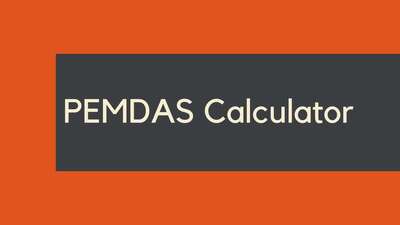

![Car Loan Calculator: Definition, Formula, Examples, and FAQs [2023 Guide]](/images/page/400/car-loan-calculator-13.jpg)
